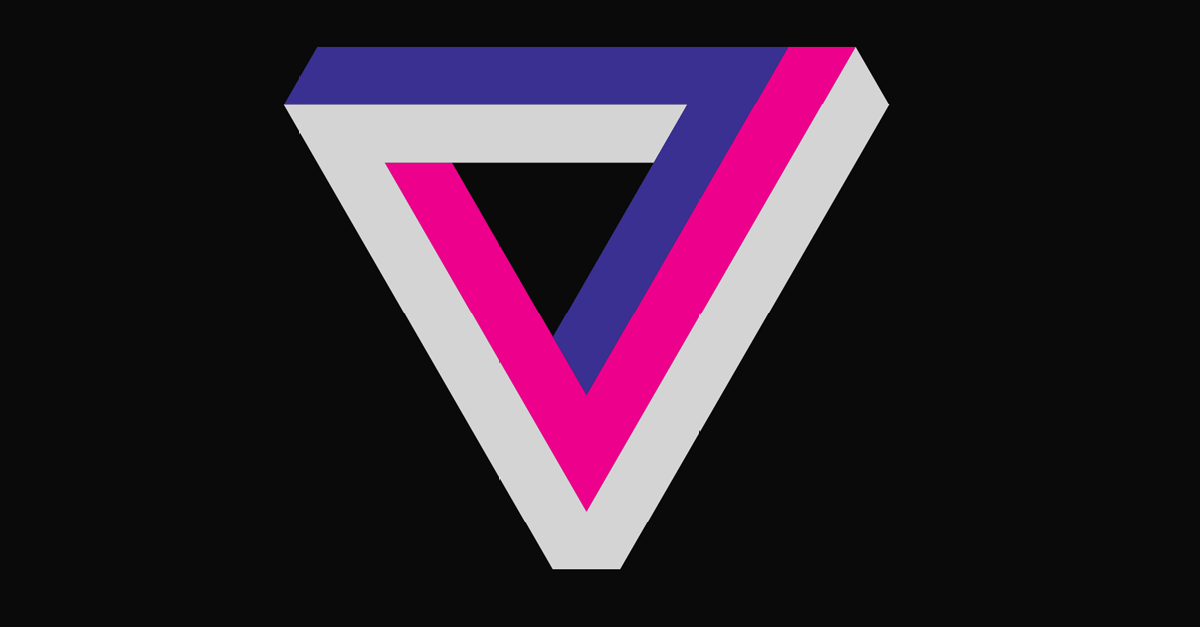Adobe's New AI Tools: A Game Changer for Video Creation
October 15, 2024, 3:42 am

Location: United States, New York
Employees: 51-200
Founded date: 2011
Total raised: $400K
Adobe has stepped into the future with its latest announcement: the launch of generative AI tools for video creation. The company unveiled these innovations on October 14, 2024, at the Adobe MAX conference, showcasing a new era for video editors and content creators. With the introduction of the Firefly Video Model and the Generative Extend feature in Premiere Pro, Adobe is reshaping the landscape of multimedia production.
Imagine a world where creating videos is as easy as typing a few words. Adobe's Firefly Video Model does just that. This tool allows users to generate videos from text prompts or images. It’s like having a magic wand for video creation. Need a clip of flowers swaying in the wind with a butterfly landing on one? Just describe it, and voilà! The AI brings your vision to life.
The Firefly Video Model offers various styles, including realistic filming, 3D animation, and stop-motion. Users can also control camera angles, movements, and distances, adding a layer of precision to the creative process. This flexibility is a boon for content creators, enabling them to produce high-quality videos without the need for extensive filming equipment or expertise.
But the magic doesn’t stop there. Adobe has also introduced the Generative Extend feature in Premiere Pro. This tool allows editors to extend video clips by a couple of seconds. Picture this: you have a clip that’s just a tad too short. Instead of reshooting, you can now seamlessly extend it. This feature can fill in gaps, correct minor errors, or even add a few extra steps to a scene. It’s like patching a hole in a sweater—quick and effective.
However, these tools come with limitations. The Firefly Video Model can generate clips up to five seconds long, with a resolution of 720p at 24 frames per second. While this is a significant step forward, it pales in comparison to competitors like OpenAI, which boasts the ability to create one-minute videos. But Adobe is not resting on its laurels. The company is actively working on a "turbo mode" to speed up the generation process, currently averaging around 90 seconds per clip.
Quality is a double-edged sword. While the Firefly Video Model produces impressive results, it can sometimes generate artifacts—those pesky glitches that can mar a perfect scene. Adobe acknowledges these challenges and is committed to refining its technology. The goal is to create a tool that not only meets but exceeds user expectations.
One of the standout features of Adobe's approach is its commitment to copyright safety. The Firefly Video Model is trained on licensed content, ensuring that users can create videos without worrying about legal repercussions. This is a significant advantage in an industry where copyright issues loom large. Additionally, Adobe includes Content Credentials—metadata that reveals the use of AI in video creation. This transparency helps protect creators' rights and fosters trust in the content produced.
The introduction of these tools is a clear signal that Adobe is determined to lead the charge in the realm of generative AI. The company is not just adding features; it’s redefining how video content is created. With the Firefly Video Model and Generative Extend, Adobe is empowering creators to push the boundaries of their imagination.
As the digital landscape evolves, so do the tools we use to navigate it. Adobe's innovations reflect a broader trend in the industry: the integration of AI into creative processes. This shift is akin to the advent of digital cameras, which revolutionized photography. Now, with AI, video creation is becoming more accessible, allowing anyone with a vision to produce stunning content.
Yet, as with any technological advancement, there are concerns. The potential for misuse of AI-generated content is a topic of ongoing debate. Adobe has taken steps to mitigate these risks by ensuring that the Firefly Video Model does not generate videos of public figures or children. This cautious approach is essential in maintaining ethical standards in AI usage.
In conclusion, Adobe's new generative AI tools are a significant leap forward for video creation. They offer a glimpse into a future where creativity knows no bounds. The Firefly Video Model and Generative Extend feature are not just tools; they are gateways to new possibilities. As Adobe continues to refine its offerings, one thing is clear: the future of video production is bright, and it’s powered by AI. Content creators, rejoice! The age of effortless video creation is here.
Imagine a world where creating videos is as easy as typing a few words. Adobe's Firefly Video Model does just that. This tool allows users to generate videos from text prompts or images. It’s like having a magic wand for video creation. Need a clip of flowers swaying in the wind with a butterfly landing on one? Just describe it, and voilà! The AI brings your vision to life.
The Firefly Video Model offers various styles, including realistic filming, 3D animation, and stop-motion. Users can also control camera angles, movements, and distances, adding a layer of precision to the creative process. This flexibility is a boon for content creators, enabling them to produce high-quality videos without the need for extensive filming equipment or expertise.
But the magic doesn’t stop there. Adobe has also introduced the Generative Extend feature in Premiere Pro. This tool allows editors to extend video clips by a couple of seconds. Picture this: you have a clip that’s just a tad too short. Instead of reshooting, you can now seamlessly extend it. This feature can fill in gaps, correct minor errors, or even add a few extra steps to a scene. It’s like patching a hole in a sweater—quick and effective.
However, these tools come with limitations. The Firefly Video Model can generate clips up to five seconds long, with a resolution of 720p at 24 frames per second. While this is a significant step forward, it pales in comparison to competitors like OpenAI, which boasts the ability to create one-minute videos. But Adobe is not resting on its laurels. The company is actively working on a "turbo mode" to speed up the generation process, currently averaging around 90 seconds per clip.
Quality is a double-edged sword. While the Firefly Video Model produces impressive results, it can sometimes generate artifacts—those pesky glitches that can mar a perfect scene. Adobe acknowledges these challenges and is committed to refining its technology. The goal is to create a tool that not only meets but exceeds user expectations.
One of the standout features of Adobe's approach is its commitment to copyright safety. The Firefly Video Model is trained on licensed content, ensuring that users can create videos without worrying about legal repercussions. This is a significant advantage in an industry where copyright issues loom large. Additionally, Adobe includes Content Credentials—metadata that reveals the use of AI in video creation. This transparency helps protect creators' rights and fosters trust in the content produced.
The introduction of these tools is a clear signal that Adobe is determined to lead the charge in the realm of generative AI. The company is not just adding features; it’s redefining how video content is created. With the Firefly Video Model and Generative Extend, Adobe is empowering creators to push the boundaries of their imagination.
As the digital landscape evolves, so do the tools we use to navigate it. Adobe's innovations reflect a broader trend in the industry: the integration of AI into creative processes. This shift is akin to the advent of digital cameras, which revolutionized photography. Now, with AI, video creation is becoming more accessible, allowing anyone with a vision to produce stunning content.
Yet, as with any technological advancement, there are concerns. The potential for misuse of AI-generated content is a topic of ongoing debate. Adobe has taken steps to mitigate these risks by ensuring that the Firefly Video Model does not generate videos of public figures or children. This cautious approach is essential in maintaining ethical standards in AI usage.
In conclusion, Adobe's new generative AI tools are a significant leap forward for video creation. They offer a glimpse into a future where creativity knows no bounds. The Firefly Video Model and Generative Extend feature are not just tools; they are gateways to new possibilities. As Adobe continues to refine its offerings, one thing is clear: the future of video production is bright, and it’s powered by AI. Content creators, rejoice! The age of effortless video creation is here.
